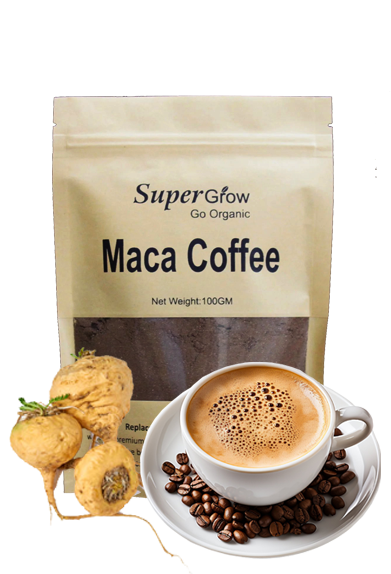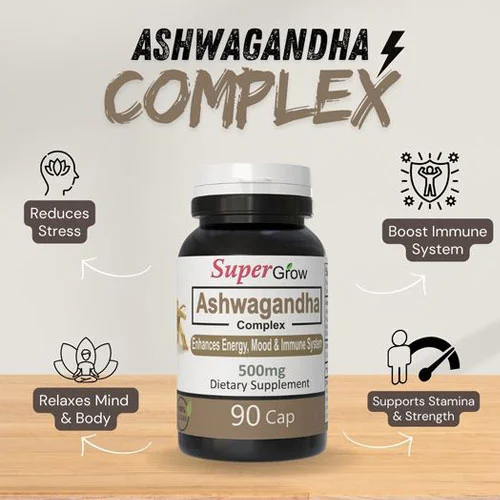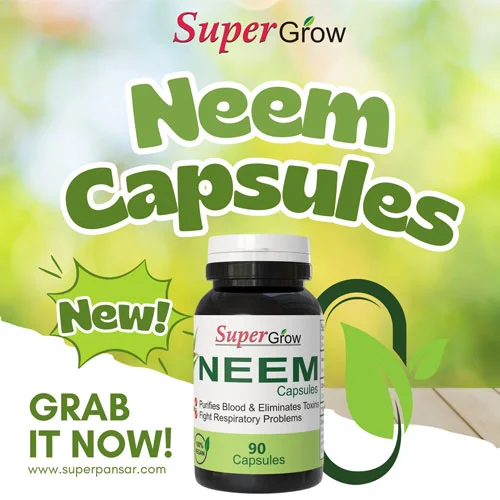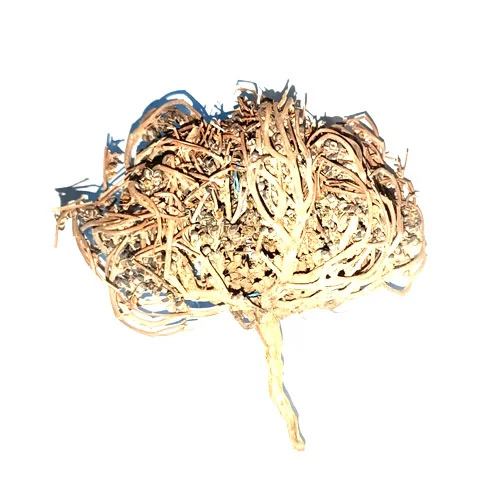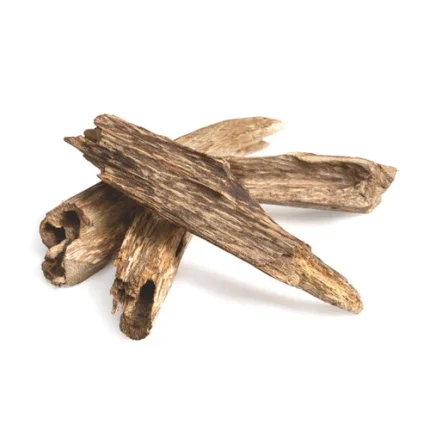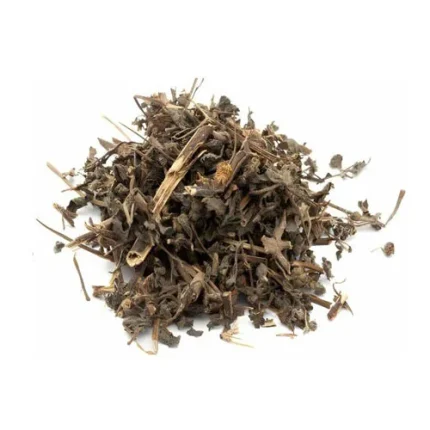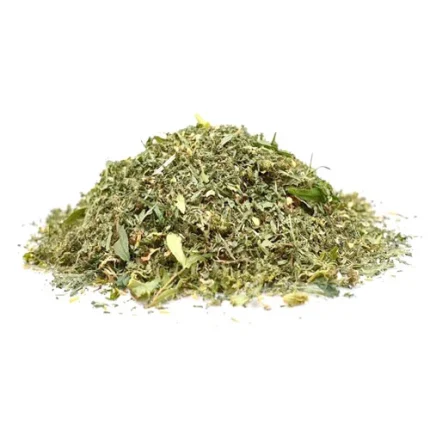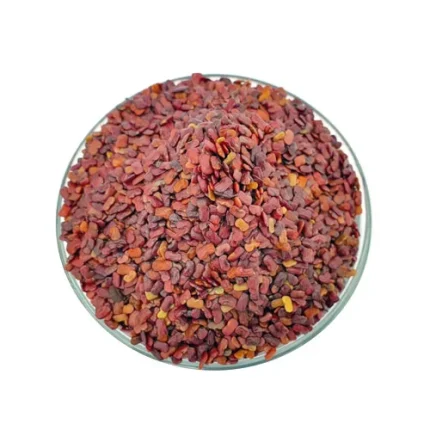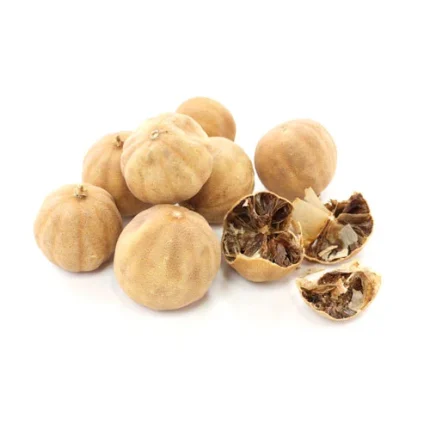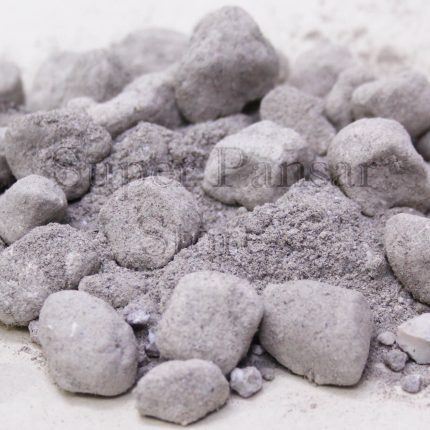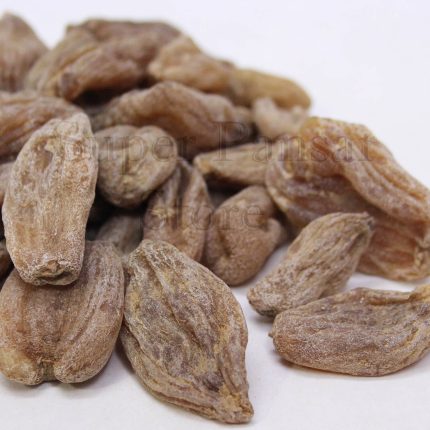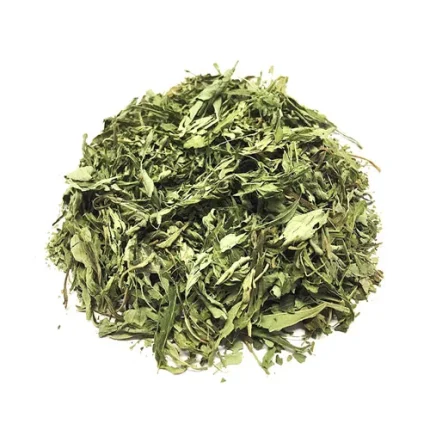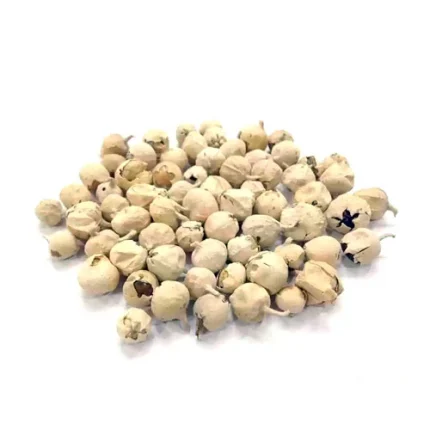
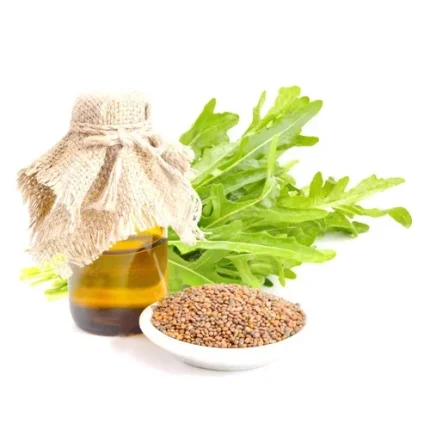
Maryam Panja (Anastatica hierochuntica) مریم پنجہ
₨400 – ₨30,000
The Rose of Jericho has cultural and symbolic importance in various traditions. It is sometimes associated with religious or spiritual symbolism and is used in ceremonies, rituals, or decorations.
Overview Maryam Panja:
Anastatica hierochuntica, commonly known as the Maryam Panja or the Resurrection Plant, is primarily known for its fascinating ability to revive after desiccation. While it holds cultural and symbolic significance in various traditions, its direct medicinal or nutritional benefits are not well-established through extensive scientific research. Here are some points related to its potential benefits and uses:
Benefits Maryam Panja:
Cultural and Symbolic Significance:
The Rose of Jericho has cultural and symbolic importance in various traditions.
It is sometimes associated with religious or spiritual symbolism and is used in ceremonies, rituals, or decorations.
Aesthetic and Decorative Use:
The dried, curled-up form of Anastatica hierochuntica is often used for ornamental purposes.
When placed in water, it opens up and appears to “come back to life,” making it a unique and interesting decorative item.
Traditional Medicine:
In some traditional practices, extracts from Anastatica hierochuntica have been used for medicinal purposes.
This may include remedies for various ailments, but it’s important to note that scientific evidence supporting specific health benefits is limited.
Mystical and Folklore Uses:
The plant has been associated with various mystical and folklore beliefs, including notions of protection, prosperity, and spiritual well-being.
These uses are often rooted in cultural traditions and may not have scientific validation.
Tea Infusions:
In some regions, particularly in traditional herbal medicine, tea infusions made from the dried leaves of Anastatica hierochuntica are consumed.
It’s claimed that these infusions may have health benefits, but scientific studies supporting such claims are scarce.
| Piece |
1 Picec ,10 Pcs ,25 Pcs ,50 Pcs ,100 Pcs |
|---|


 Shop layouts
Shop layouts
 Food Supplements
Food Supplements
